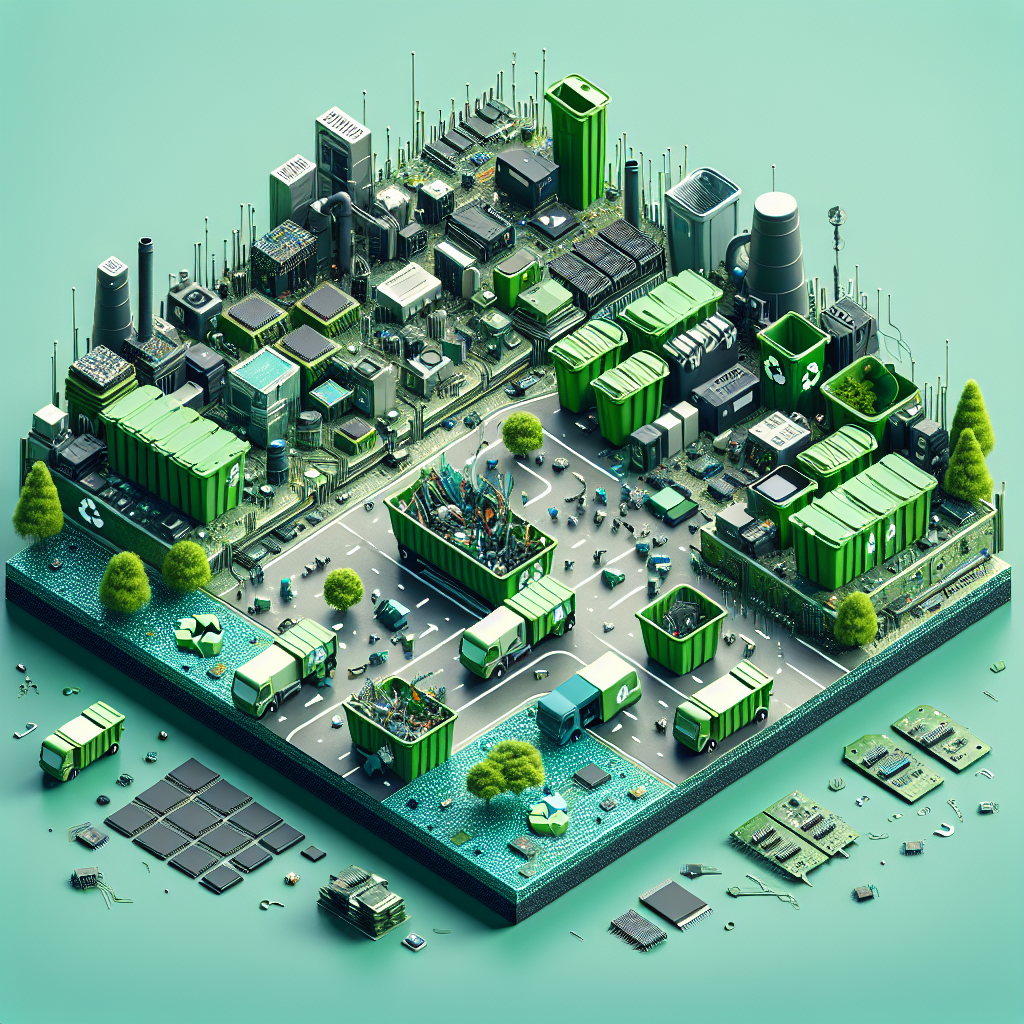Blog Ecobraz Eigre

How much of Brazil's e-waste is actually recycled
Brazil generates a significant amount of electronic waste, but only a fraction of it is properly recycled. According to official data from the National Solid Waste Management Information System (SINIR) and the SINIR Methodology, the effective recycling rate of Brazilian electronic waste is less than 3%. The low rate is associated with failures in selective collection, insufficient infrastructure and a lack of regulatory awareness.
Electronic Waste Generation and Disposal in Brazil
According to SINIR, Brazil produced around 2 million tons of electronic waste in 2021. Of this volume, approximately 60% ends up in landfills or dumps, generating serious environmental risks due to the presence of toxic substances and heavy materials.
The recycling chain faces structural challenges. Electronic waste collection, a critical factor in increasing recycling, is under development and can be scheduled directly through the electronic waste collection channel, which helps to ensure that this waste is properly disposed of. However, collection is still insufficient to meet the total volume of generation.
Legislation and Regulatory Standards
The National Solid Waste Policy (Law No. 12.305/2010 - planalto.gov.br) establishes guidelines for the management of electronic waste, including shared responsibility between generators, distributors and recyclers. However, the implementation of the rules is heterogeneous and requires continuous monitoring.
Decree No. 10.936/2022 defines updated procedures for the collection and treatment of waste, reinforcing the need to use appropriate technologies so that recycling is efficient, in accordance with official standards.
Recycling Processes and Information Security
The technical-operational processes for recycling involve dismantling, sorting and treating electronic materials. The critical part is the safe disposal of devices that store data, such as hard disk drives (HDDs). To minimize the risk of tampering, it is recommended to use specialized methods that can be accessed via safe disposal of hard drives and media.
In addition to the environmental aspect, safe disposal contributes directly to information security in organizations, mitigating legal and regulatory risks.
Prospects and Challenges in the Recycling of Electronic Waste
Although policies and technologies are advancing, the recycling rate still does not exceed 3%. Among the main challenges are the lack of collection and treatment infrastructure, low awareness among generators and difficulties in reverse logistics.
Government initiatives and partnerships with specialized institutions are seeking to increase recycling, but the engagement of the technical, legal and administrative areas is crucial to achieving environmental goals.
Therefore, increasing the recycling rate requires joint actions involving regulatory bodies, operators in the chain and environmental managers in line with current legislation.

Deixe um comentário
O seu endereço de e-mail não será publicado. Campos obrigatórios são marcados com *